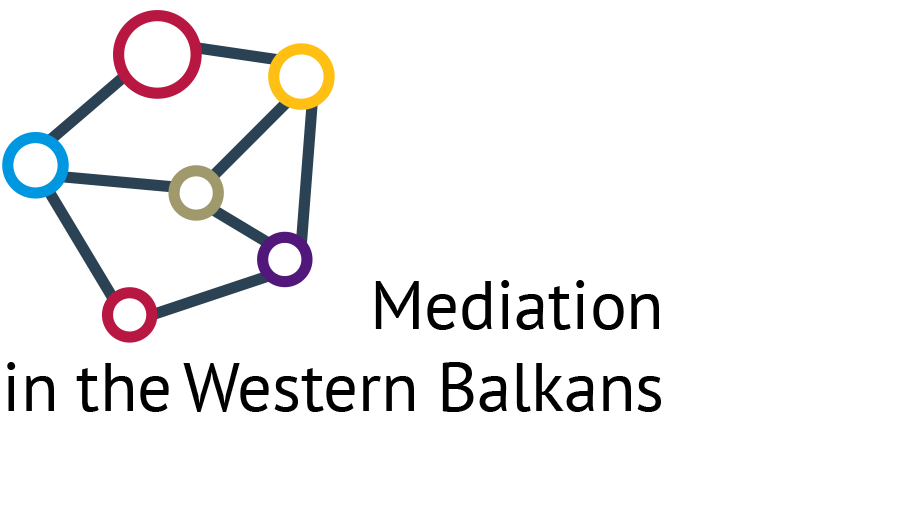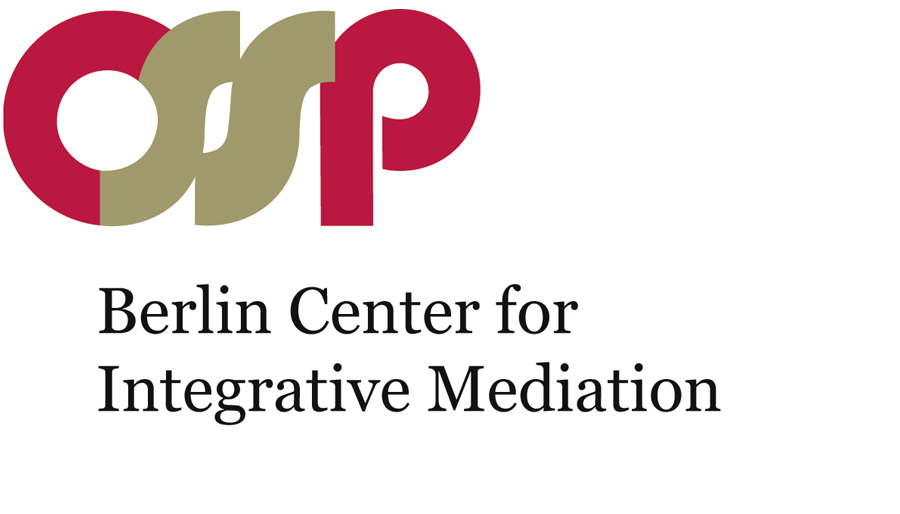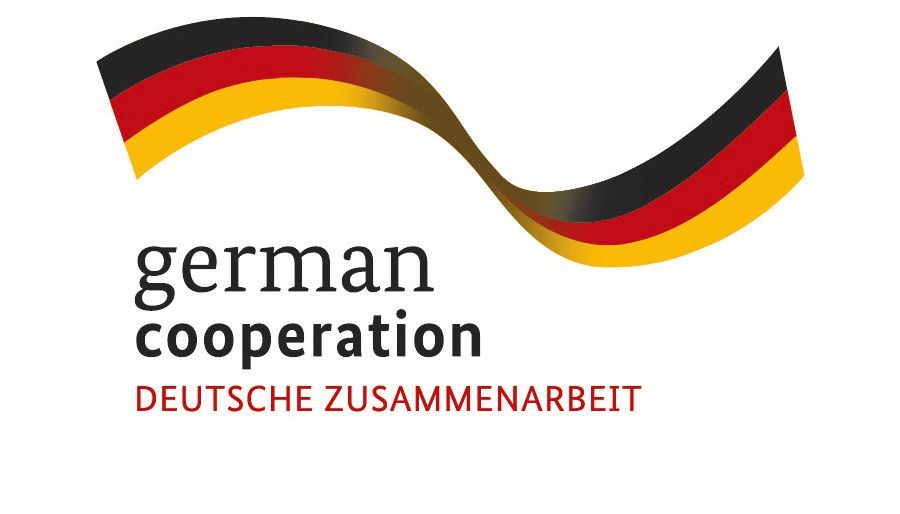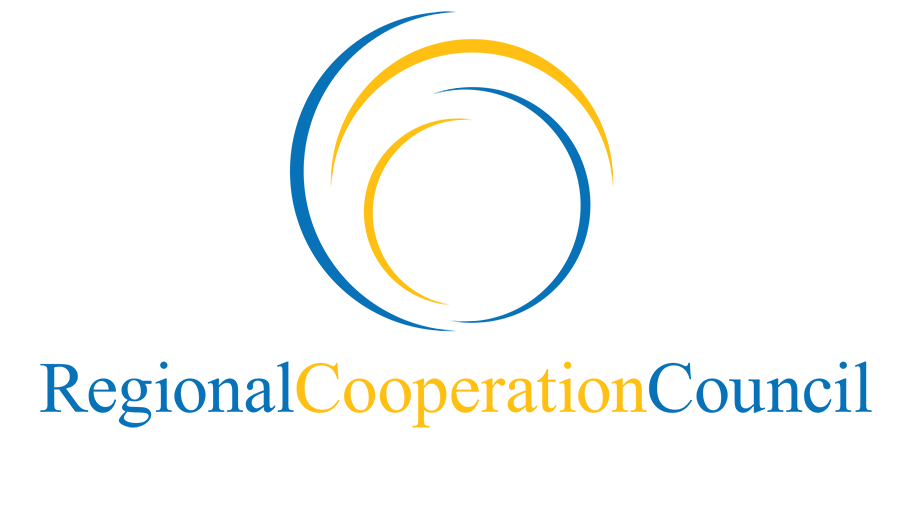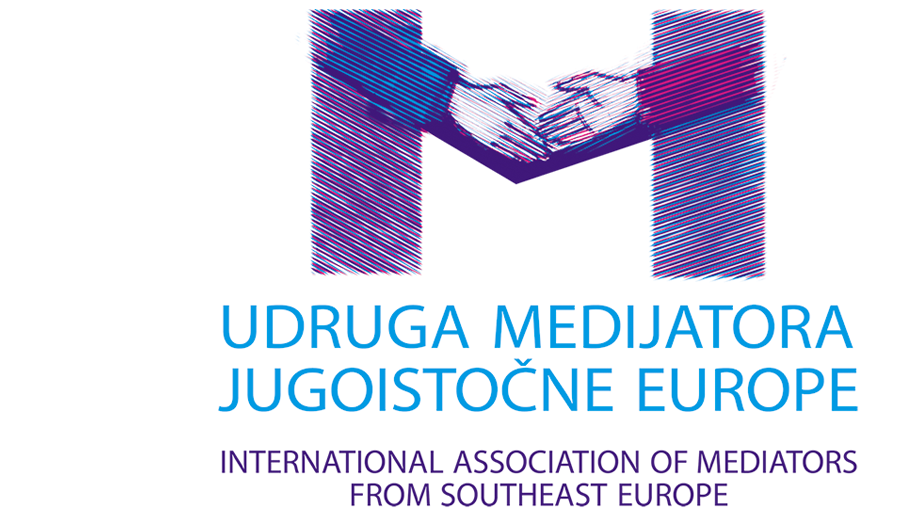When discussing the interlinkage between Justice Systems and Mediation in a comparative framework, we are invariably faced with a wide range of legal approaches and interpretations as well the question: “How to compare”? We are convinced that it is in particular the diversity of experiences amongst experts and practitioners working in such different environments, that constitutes a fertile basis for better understanding and thus positive developments in the future.
It was therefore our aim to utilize existing research and adapt it to our region of interest in order to allow a systematic comparison between the different ways that mediation is legally dealt with and connected to the judiciary in the Western Balkans. This we hope to contribute to the stimulation of mutual learning, and further debates on advantages as well as disadvantages of different legal regimes regarding mediation in a structured manner.
Examining the interlinkage, it quickly transpires that it is the referral process from courts to mediation, which plays a crucial role as the most palpable process step between the two systems.
We therefore constructed a four-pillar-typology (1-4), the focus for which was put on the extent to which the beginning of a mediation can be enforced upon the parties. (see below)
It shall be noted here, that when either of these four categories are applied to the eight different countries respectively, it is chosen in accordance with the area of law in which the mandatory character is the strongest (such as, for instance, family mediation in the case of divorce). Thus, a ranking higher up on this scale does point at the existence of a mandatory element but not necessarily signify the wide-ranging application of mediation.
Another separate although connected question, which is also not immediately reflected in these categories, concerns the degree to which obligations are set out for the courts to inform about or recommend mediation.
For further clarification on both of these issues, the corresponding text and visualization for the respective countries will give more details.
This, it is important for us to clarify, has been chosen because for us the method of typology ought to concentrate on… For the sake of retaining validity, it was found that the categories should not be overloaded with meaning and that rather a narrow focus can be considered more helpful.
Lastly, the focus in this typology is put first and foremost on the legal basis as opposed to the more practical questions of implementation.
The categories are set out on the following lines:
Mandatory:
A full mediation process is mandatory as court proceedings are not possible otherwise.
Semi-Mandatory:
Either a first mediation session OR an information session is mandatory as court proceedings are not possible otherwise
Semi-voluntary:
Mediation is voluntary but financial incentives OR sanctions are used to motivate parties to participate in a mediation process.
Voluntary
Mediation may be recommended by courts or not (self-referral).
We are happy to expand, edit and refine the categorizations in accordance with your comments and feedback, so feel free to share with us!
